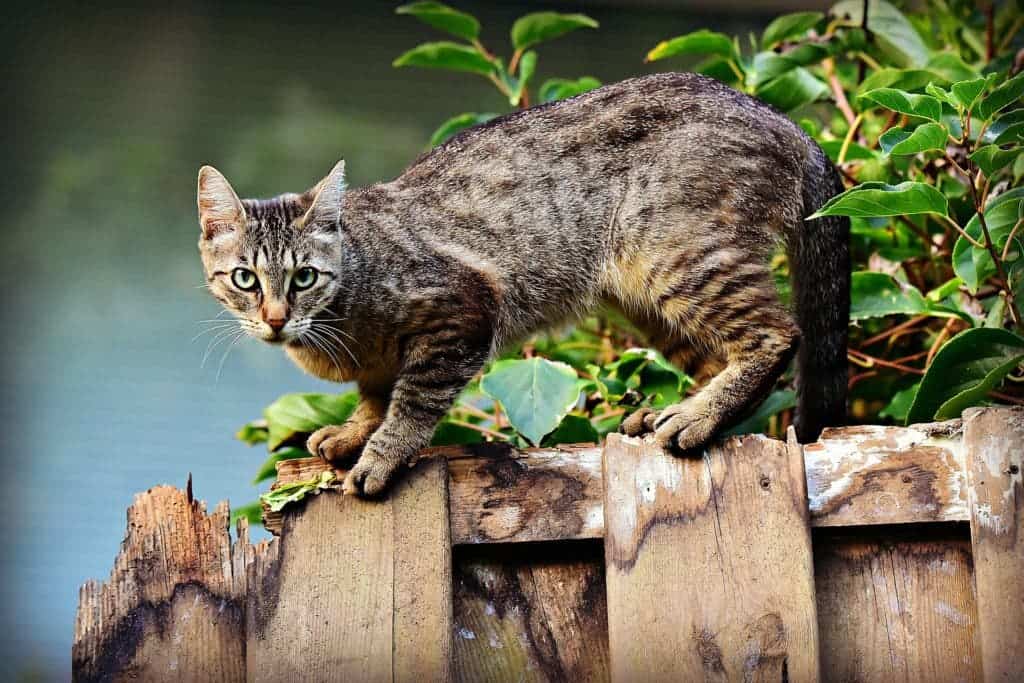Researchers at the University of Guelph (UoG) found that you’re probably bad at reading the emotions in a cat’s face — unless you’re a “cat whisperer”.

Most people have a hard time picking up on the emotions hidden in a cat’s facial expression. Cats use non-vocal cues such as body pose and facial expressions to communicate a wealth of information, but these behaviors and grimaces tend to be very subtle, flying under the radar of most humans. Some people, new research has found, are very good at understanding these cues — a group the team calls “cat whisperers”.
Overall, women and people with veterinary experience were better than average at recognizing a cat’s expression, even those that said they don’t feel a strong attachment to cats.
Dropping hints
“The ability to read animals’ facial expressions is critical to welfare assessment. Our finding that some people are outstanding at reading these subtle clues suggests it’s a skill more people can be trained to do,” said Prof. Lee Niel, who led the study with Prof. Georgia Mason, both from UoG’s Campbell Centre for the Study of Animal Welfare.
The team explains that previous research into this topic only focused on expressions of pain, not fear, frustration, or positive emotions.
For their study, the team recruited more than 6,300 people from 85 countries. The participants were asked to watch 20 short online videos of cats from a collection of 40 videos (most of them from YouTube) and then complete a series of online questionnaires.
These videos showed cats expressing positive emotional states (usually involving situations that the animal sought out, just as receiving a treat or a pat) or negative states (cats retreating, fleeing, or experiencing health problems), but none showed expressions of fear, such as flattened ears or bared teeth — the team explains that these expressions are already widely understood by people. The videos focused on the cat’s face (eyes, muzzle, and mouth).
Each participant was asked to indicate whether the cat was experiencing a positive state, a negative one, or if they were unsure as to what the animal was feeling.
Most participants said they found the test challenging, and the results reflected this. The average score was 12 out of 20 correct answers, which is just about as accurate as a coinflip. However, 13% of the participants scored around 15 out of 20 correct answers: these are the “cat whisperers”. Women were more likely than men to be cat whisperers, as were veterinarians or vet technicians compared to other professions. Overall, younger adults tended to score better than older adults.
“The fact that women generally scored better than men is consistent with previous research that has shown that women appear to be better at decoding non-verbal displays of emotion, both in humans and dogs,” said Mason, who worked on the study along with post-doctoral researchers Jenna Cheal and Lauren Dawson.
In a rather surprising find, whether or not a participant reported a strong attachment to cats had no bearing on how well they scored. The team says their findings suggest that it is possible to train people to better read cats’ facial expressions. You can test your ability to read a cat’s expression using this test the team put together.
“This is important to be able to do because it could help strengthen the bond between owners and cats, and so improve cat care and welfare,” said Niel.
The paper “Humans can identify cats’ affective states from subtle facial expressions” has been published in the journal Animal Welfare.









